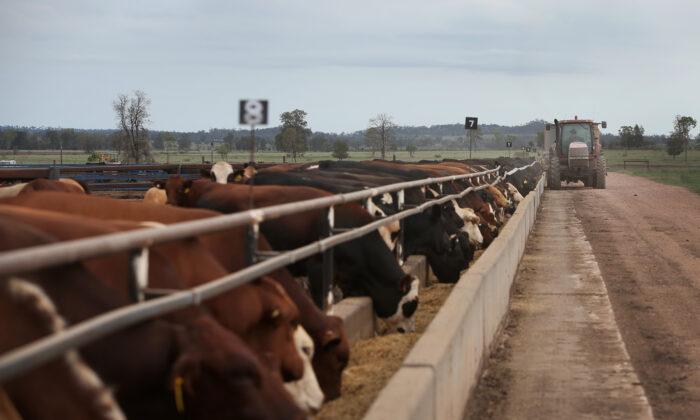Australian businesses are facing greater insolvency risks as tax regulators and creditors speed up their debt collections.
Specifically, 3,008 businesses appointed administrators, liquidators and insolvency firms in the last quarter, up 57 percent compared to the same period in the 2021-2022 financial year.
Among the jurisdictions, New South Wales (NSW) reported the largest number of insolvent companies, with 1,169.
Tasmania experienced the highest growth in corporate insolvency (up 133 percent), followed by the Australian Capital Territory (up 64 percent) and NSW and Queensland (up 59 percent).
While the Northern Territory saw no change in business insolvency, Victoria, South Australia and Western Australia recorded a jump of over 50 percent.
This was well above the 4,912 cases reported in the 2022 financial year and even higher than 2020’s figures (7,362 cases).
The construction industry had the highest number of businesses going bankrupt at 2,231, followed by accommodation and food services at 1,114 and other services at 670.
Insolvency Australia director Gareth Gammon said the upward insolvency trend had become more prominent.
“It started with a trickle, and it’s now become more of a surge as economic pressures and the Australian Taxation Office’s (ATO) debt collection activities combine to create the perfect storm.
Tax Regulators and Creditors Pose Biggest Threat to Businesses
Insolvency experts have attributed the rise in insolvency to the ATO ramping up its debt collections after the expiration of a concessional period for businesses during the COVID-19 pandemic.“The ATO appears to be less amenable to payment arrangements, especially those that propose greater than two years.”

An ATO spokesperson said the tax regulator was currently implementing a business-as-usual approach to tax debt collections.
“Over the last few years, there has been an increase in collectable tax and super debt,” the spokesperson said in comments obtained by AAP.
“We are actively addressing this by taking decisive and swift action with those clients choosing not to engage and who purposefully avoid their payment obligations.
More Insolvencies to Come
As the ATO proceeds with its debt retrieval, Ms. Baskerville predicted that insolvencies would continue to increase throughout the rest of 2023.Echoing the sentiment, BCR Advisory founder John Morgan also expected to see more insolvency appointments in the coming period, especially in the construction and hospitality industries.
“The construction industry is in a very poor state as the cost of money and materials continues to increase, and we have also seen an uptick in the number of cafes and restaurants looking for insolvency advice.”
Meanwhile, Petr Vrsecky, an Insolvency Australia fellow, said potential adverse movements in the property market caused by a large number of homeowners exiting fixed-rate mortgage contracts could trigger another wave of insolvencies.
“Interest rates continue to dampen consumer spending, and therefore it seems inevitable that businesses will be adversely affected,” he said.
“There’s meant to be a recycling of capital, meaning that inefficient businesses fail and better-managed businesses get more capital allocated to them.
“It would therefore seem inevitable that the rate of insolvencies must increase following the ‘pandemic era’ interference and taxpayer support, which made it too easy to operate businesses that had no place being there.”





